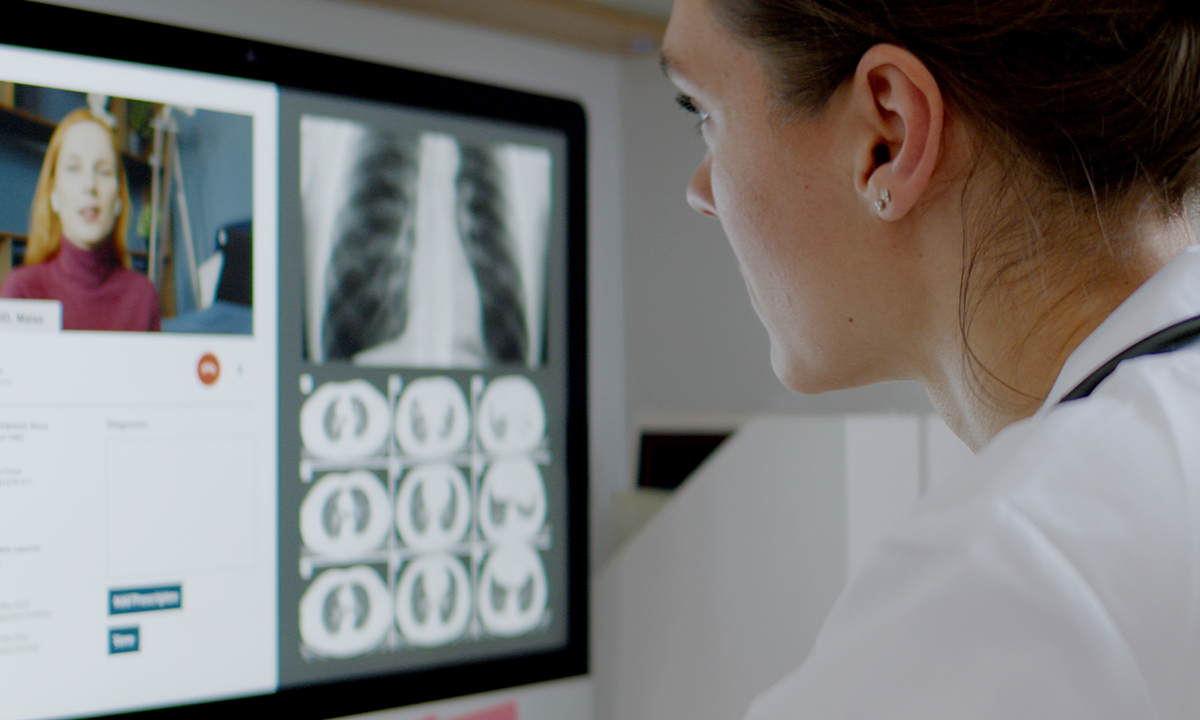
Governmental shelter-in-place orders and the need to avoid unnecessary physical contact driven by the coronavirus pandemic have caused many providers and patients to suddenly turn to the virtual world to provide and receive care. While this has generally been good for the healthcare system and patient safety, telemedicine is not an appropriate modality for all clinical presentations. Some medical issues cannot be resolved over the phone, or even with video, and require an in-person visit. The physician must have enough information to form an opinion about treating the patient; optimally, the provider will either have relevant medical records or be able to obtain information during the telemedicine encounter. If not, or if the medical issue is one that cannot be resolved via telemedicine, the physician should refer the patient for an in-person encounter and advise them of the next steps. Delivering healthcare through telemedicine requires the same compliance with the standard of care, as well as applicable laws and regulations, as in the treatment of patients in the traditional setting.
The contents of The Sentinel are intended for educational/informational purposes only and do not constitute legal advice. Policyholders are urged to consult with their personal attorney for legal advice, as specific legal requirements may vary from state to state and/or change over time.